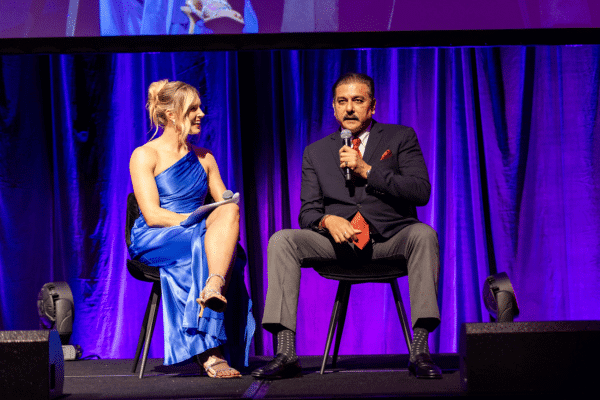Holly Ferling: Let’s start at the beginning. How did you get your introduction to cricket, this game that we all love?
Ravi Shastri: I grew up in a professional family. My father was a doctor. My mother was a professor at university, she taught history and political science. I think the last thing they ever imagined, is I would play sport. Everyone in my (immediate and extended family) went into professional fields like medicine or engineering.
It was my mother who actually (saw it in me). She was a cricket buff herself, listening to the cricket on the ABC and BBC.
Neil Harvey was her favourite cricketer. She watched every major game that was played in Mumbai. It was she who got me interested in the game.
But then you know, in a city like Mumbai, at ten years old or 11, if you don’t pick up a bat, there’s something wrong with you. In the backyards, in the streets, you just had to pick up a bat. Or a ball. And start from there, and if you like it, you live with it; I liked it, I lived with it.
Holly Ferling: You made your debut for India when you were 18. How did you find out that you were about to play for the country?
Ravi Shastri: I was having a great game in the Ranji Trophy for Mumbai, against Uttar Pradesh. I got a pair. Didn’t take a wicket. As morning tea arrived one morning, my room partner got the door – Rahul Mankad (son of the great Vinoo Mankad, he’s unfortunately no more). The watchman handed him a newspaper and said, ‘I just heard on the radio that he’s going to New Zealand – there’s an injury there’. Next thing I knew I was on a flight to Wellington, landed there at 10pm, and was on the field the next morning. I’d gone from 35 degrees in India and it was freezing – 9 degrees, four jumpers on. The good thing though, by the end of that series, I had the wickets of all the NZ players.
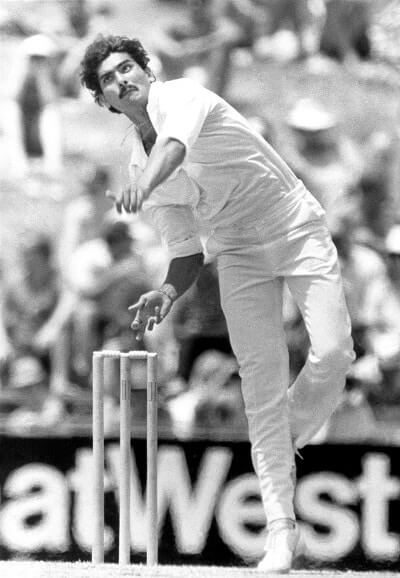
How did you acclimatise – that is some transition, let alone finding yourself in New Zealand all of a sudden and freezing?
Ravi Shastri: The Basin Reserve in the heart of the city is one of the windiest grounds in the world; it didn’t have the stands then like it does today. Luckily, I had some help from Polly Umrigar who played a lot of cricket for India. He called me just before I left Mumbai and said you probably don’t have clothing for NZ – take two of my jumpers. They saved me on that first day.
Holly Ferling: Could be the reason you took all those wickets! You debuted batting at number ten, but we know you to be a top order batter. As a bowler myself, I want to know, how did you work your way up the order?
Ravi Shastri: Sat next to the captain! Every time there was a chance of getting a nightwatchman in, I would be there. I saved No. 11 for Dilip Doshi though, ‘cos he’s the best No. 11 in the world…But that’s what I did. Nightwatchman, getting those 20s, 30s or 40s, and began moving up.
Holly Ferling: You got to open the batting with Sunny Gavaskar. Tell us what that was like.
Ravi Shastri: It was a dream, because he was my mentor. We were in Pakistan; I had hurt the webbing in my right palm and I didn’t play for three tests. India was getting smashed – 4-0 down in the series. Imran was at his peak. There was a knock on the door and in walked Sunny with a bottle of dry gin, some 7Up and ice, and plenty of biryani. Sandeep Patil was injured too, again my room partner.
Sunny said, when are your stitches coming off. Tomorrow, I replied.
Ok then I want you to open the batting with me.
Well, no further questions. Just, open the batting!
But that got my juices going. This is a challenge, I told myself. This is what I’ve dreamt of. We’re being hammered, and if I can get out there and stand up to that pace attack and get a 40 or a 50, that’d be great.
So I walked out with Sunny. He got out early, I ended up with 130.
To this day I say that was the best Test innings I ever played, even though I was only 19, for the simple reason that it had the best four-pronged attack in the world – it had Imran, Sarfaraz and two Pakistan umpires.
(Man, India-Pakistan – you watched those pads of yours!)
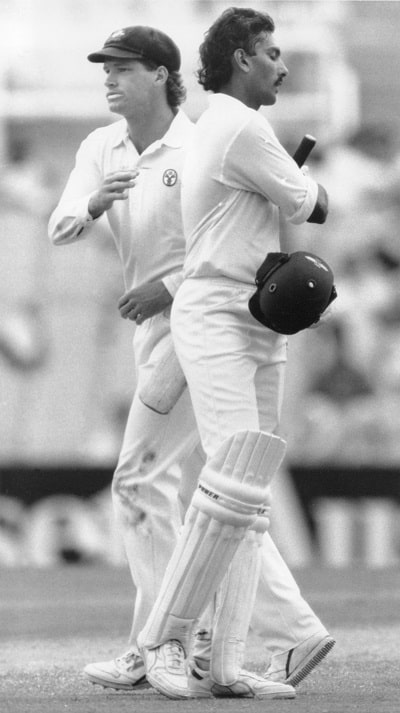
Holly Ferling: The 1983 World Cup – that would come to change the landscape of Indian cricket. What are some of your reflections now of that time?
Ravi Shastri: It changed the face of Indian cricket forever. Up until then, cricketers were looked at different. Once we won that World Cup, the respect the sport got, or the players got, was unreal. The coffers of the BCCI started filling up; the business community started embracing the sport. People who were never involved in the game began to get attracted. And what’s happened since, is history. It just took off to another level. And then we hosted the World Cup in India – the Reliance World Cup.
So it was a game changer big time. Winning in the subcontinent became huge. When we landed back home after ’83, the streets were filled with people and it’s been like that since – including when India brought home the T20 trophy only this year.
Holly Ferling: Did you feel like it was going to be a catalyst for the game? It was getting broadcast and the reach of it was just massive.
Ravi Shastri: I think it was two years, 1983 and 1985, that changed the face of Indian cricket. We won the World Cup in ‘83 and then came to Australia in ‘85 for the World Championship, which we won. It was an India-Pakistan final: over 50,000 at the G, a record for the times when England or Australia weren’t playing.
That was the first time we played in coloured clothing and with the white ball. Day-night cricket went to India then. The interest, and the recall factor of the people viewing in the subcontinent, changed overnight, with millions of followers.
Holly Ferling: That game there changed your life. Talk to us about winning the Audi as Player of the Series. These days players get money, a big novelty cheque, I remember the air conditioners and fridges and the time in women’s cricket when there was an iron going around… But an Audi, on the MCG?
Ravi Shastri: Funny stories on that, but let me start at the beginning. There was a car, an Audi, that Tony Greig in his inimitable fashion kept blowing through the roof. (Imitating Tony) “Top of the line car, valued at $40,000 Australian, to go to the best player here …!” It went on for a bit. So semi-finals, I won Man of the Match, presented to me by Tony, and he says, what do you think of the finals? I say, I’ve been eyeing the car you’ve been promoting! Little knowing that I would claim it.
I won the car. It became the first Audi to go into India, and I became the brand ambassador for Audi. To this day, I drive only Audis. The duty to get it into India was 320%. The then Prime Minister of the country Rajiv Gandhi was very kind – he waived all duty, the Shipping Corporation of India got involved, and there she was, on the streets of Mumbai.
Holly Ferling: The first time you drove it though, wasn’t in Mumbai.
Ravi Shastri: The first time I drove it was in the MCG. I didn’t have a license. People ask me today, have you played at the G? I say yeah, I’ve driven a ball down the ground for four, through the covers for four; I’ve also driven a car round the ground – with the whole team sitting on it.
Holly Ferling: It’s special. (To the audience) Do yourself a favour. If you haven’t seen the footage, look it up after this. It is phenomenal.
Ravi Shastri: Another story from there, since you mentioned fans and fridges as prizes. After the semifinal, we were in New Zealand, and at a team meeting. No discussion on how we’re going to play the final – instead the chat was about what happens if one of us wins the car. Kapil was first, (imitating Kapil Dev) “If I win car, I keep 25%, rest, I share.” Jimmy said, whatever, whoever wins it can keep it. Then they asked me. I said, “Sure, if I win the car, you can share the stepney (spare wheel), I’m keeping the car.” ‘Cos all these years when we got the fridges and the washing machines, you took them home, right? Why have the discussion now because it’s a car?
Holly Ferling: We know you now as synonymous with world cricket and its tournaments, thanks to your voice and your charisma. You’ve made the toss exciting again, which I just love as a fan. How did you transition to media? How did you hone your craft into the broadcaster you are today?
Ravi Shastri: I never knew I would. In fact, I was in Australia when I injured myself and knew I couldn’t carry on for longer carry on for any length of time. That’s when I got the opportunity to do television. The first stint I ever did, I did it with probably the best in the business – Ritchie Benaud, Tony Greig, Ian Chappell. So, the entry was, you know, into the big mix. One learnt pretty quickly, but one also respected what they were doing, because broadcasting demands fierce concentration. After my first day on the job, I just went back to my room and crashed. It’s taxing mentally. When you play the game, there’s physical exertion – you sweat, you take a swim after, you’re fine.
This, however, strained (in a different way) initially. But it was fun, and as I kept doing it, I realised the game was getting popular, viewership was through the roof, and I had helped raise the bar somewhere along the line – by making it exciting, giving a bit more to the viewers, especially the younger viewers. The younger viewers know so much about the game – I just met a bunch of youngsters here who asked when can they meet the Indian team. I replied, just before the toss tomorrow – walk up and give your name! (Yeah, that’s not going to happen, but great to see they’re excited!)
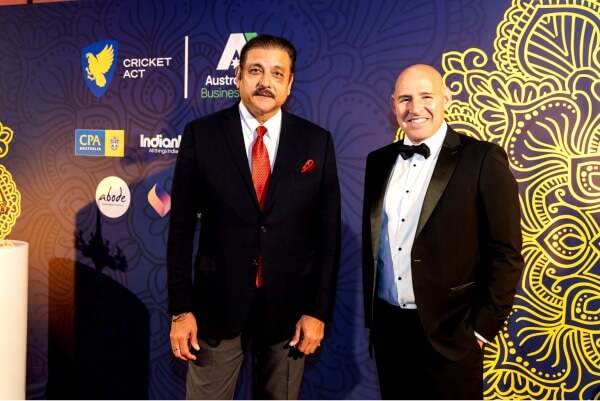
Holly Ferling: Making dreams come true here, Ravi, tell you what! Speaking about the excitement you want to bring to the broadcasts, when did you decide to make the toss an event?
Ravi Shastri: It actually started in the IPL. Going round to the different venues in different cities, I’d notice that at toss time, the grounds were about 60-70% full. And I thought, why not in each city, I start off the buzz with a line in the local language? So it would be Marathi in Mumbai, Tamil in Chennai (Vanakkam Chennai!), and similar in Gujarat or Rajasthan. It became a thing, and then I thought why IPL alone, why not international games?
Holly Ferling: You mentioned the IPL. How much has that changed the landscape of Indian cricket?
Ravi Shastri: I was involved with the IPL from its inception, sitting on the governing council. I know how it all began and how the franchises were gathered, and also the difficulties and the obstacles. I always knew it would be a success, but if you ask me if I knew it would grow into the success it is today, I would say no.
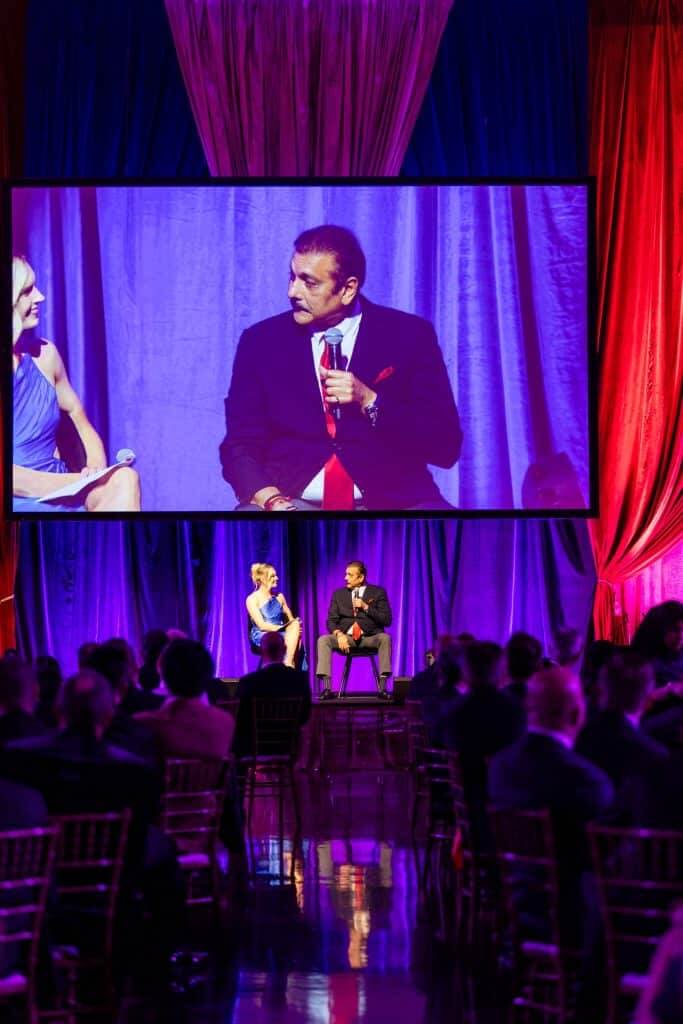
Little did I realise that in three years’ time, four years, that it would be a case study at Harvard, that it would be one of the six or seven top properties in sport around the globe, and that it would be a money-making machine. What it did for India was unbelievable because even when there was a recession, IPL was a juggernaut that just moved on. People think it’s only done good for cricket, but look at what goes on behind the scenes of the IPL. There are five units that are crisscrossing the country, the hotels are full, hospitality, F&B, air travel, it’s creating jobs – the amount it brings into the kitty for the states and the country as a whole, is just mindboggling. And it has an international flavour. Players from so many cricket-playing nations have embraced it. I tell everyone here, come and see an IPL game, you’ll love it.
Holly Ferling: It’s certainly boosting the economy there, well and truly. What does that sort of tournament do for the development of test cricket? Does it actually change the trajectory the players in India are choosing to have? Or do you think there’s still a world where both kinds of cricket coexist?
Ravi Shastri: Not really. In fact, it’s the other way around. You know, when I was coach of India, a lot of the players I picked were from the IPL. If I saw talent there, I would judge temperament, apart from the performance and basic technique. Can he handle pressure? Does he fit in on the world stage? Can he rub shoulders with the best? Does he have the urge to compete against the best in the world? I’ve seen the players have tremendous opportunities at 17, 18 years of age – as they mingle with top-level international players, sitting around with a Shane Warne or a Kevin Pietersen or an Adam Gilchrist. A prime example is Jasprit Bumrah, the No. 1 fast bowler in the world today. He was touted as a white ball player. No one ever imagined he could play red ball. What you see today is a product of the IPL.
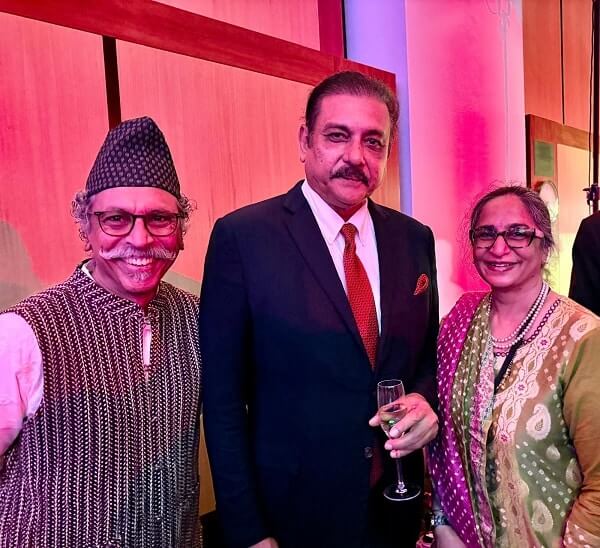
Holly Ferling: Definitely an amazing story the way that confidence is built in that tournament. We saw it in 2021, in the Border-Gavaskar Trophy in that match at the Gabba, the way they came from behind. You were there as coach and I was working for Channel 7. Pre-show conversations were only about two possibilities – Australia’s going to win it, or it’s a draw. What was it like being a coach in that time – did you have belief that you were going to get it done that day? Indian cricket
Ravi Shastri: Firstly let me tell you, the Border-Gavaskar Trophy gets top billing. And the reason for that, seeing it right from the dressing room, is the players – who I’d like to compliment. The players of both teams have made this happen. Played it hard, played it fair, in battle, head-to-head, not an inch given. That makes for fantastic viewing.
I do remember that last game well – we needed 328. I got off the coach that morning, just as Tim Paine was walking in with his line-up, I think they’d just had a net. We chatted, I congratulated him and said what you’ve done for Australian cricket is fantastic, and good luck today. 328, to be honest, I wondered if we would last till tea. I thought we’ll see what happens – whether we close shutters or go on with it. Well, what happened in the next six hours is something unreal! To chase down that score on the last day of the series, was something special. It was COVID time, there were restrictions. I remember telling Nick Hockley at the time, people don’t realise the sacrifices made by the players, the officials, the people around the set up. It was tough conditions, everyday tests, bubbles, quarantine… And there was no mercy. In my country the media wants you to win, to hell with COVID. You lose the game and we’re coming after you. That’s India, we’re used to it; that’s why our skin is like hide.
Holly Ferling: The way that cricket game unfolded… in the lead up to it as well, you were full of injuries, and had an understrength team going in to that match. Indian cricket
Ravi Shastri: I had the easiest job – because I had no choice to make.!There was no one left! I was ready to pad up myself (laughing) it had reached that stage. Every morning the physio would walk up to me at breakfast and I’d say, get lost – ‘cos I knew he was going to say someone’s got a hamstring, someone’s got a broken finger… it was tough! But what was interesting to see on that last day, after tea, was that suddenly there were ly about 8-10,000 people in the stands, come out to watch the finish.
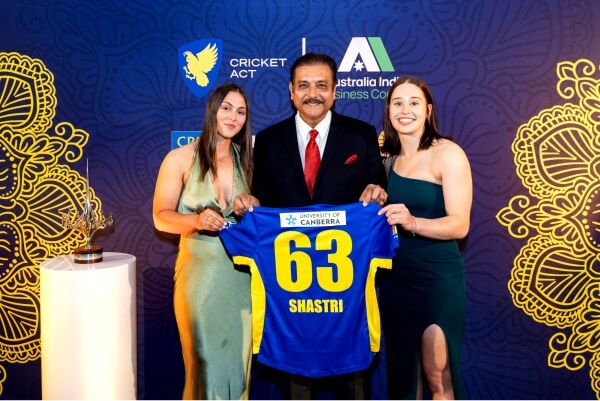
Holly Ferling: You’re back here now working for Fox again, we’re very lucky to have you. Talking about the Perth test, we would have thought that the Aussies had it in the bag, but India had other thoughts. Indian cricket
Ravi Shastri: That’s why the Border-Gavaskar Trophy is special. You can’t predict what’s going to happen. There’s always a twist. And that’s why its enthralling – it’s not over till it’s over. The next test in Adelaide – India doesn’t play pink ball much and Australia have never lost a pink ball game at home. But India have set it up beautifully with that upset at Perth and the pressure is on the home side.
Holly Ferling: You spoke of Bumrah but Jaiswal and Kohli were phenomenal in that game. What have you seen from both of them? Kohli particularly has had a well-documented tough run in Test cricket. Indian cricket
Ravi Shastri: I had absolutely no doubts in my mind that once Virat set foot on Australian soil, his whole mindset would be different. Having known him and watched him so closely from the dressing room and from the outside, I know within five to ten minutes of Virat at the crease (whether he will fire or not).
I could see it at Peth – that composure, calmness, the intent of that footwork told me he’s going to get a good score. And the young kid at the other end, I’m glad Australia got to see him play the way he did. And that’s a special talent. It’s not easy coming to Australia, especially Perth, to handle that bounce, for someone who’s just 21, 22. I think he’s one for the future.
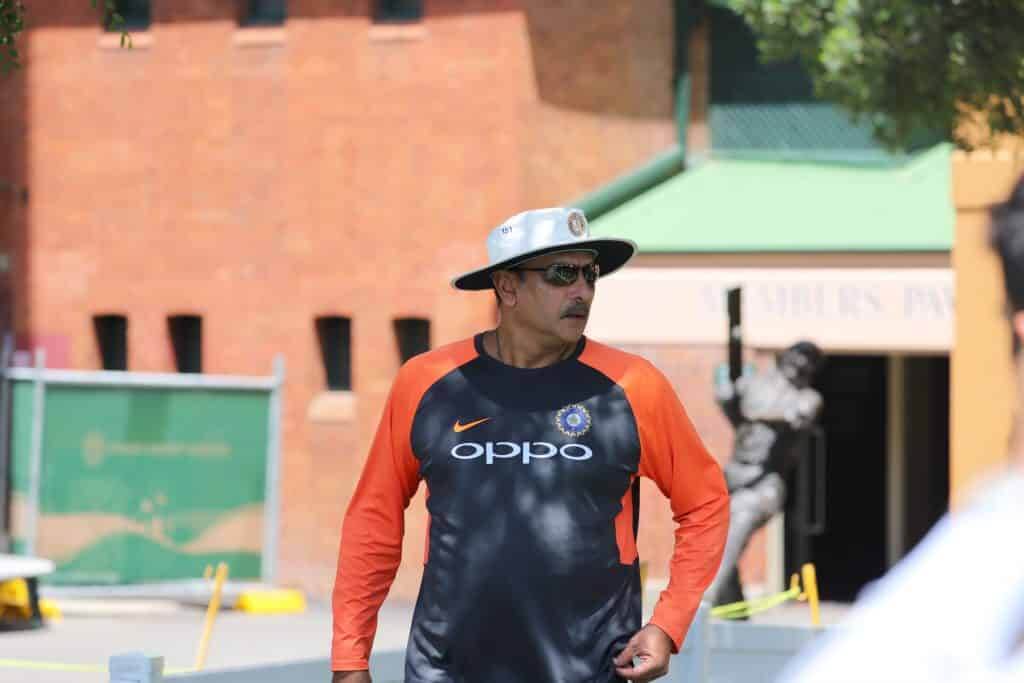
Holly Ferling: Well and truly, and particularly coming off the duck in the first innings as well. This day-night test at Adelaide, there’s a few possible demons in there for India from the last time they played there? Indian cricket
Ravi Shastri: Asking me? 36! Only! I remember we’d set ourselves well for the day at the coach’s box, ready with a cup of coffee. Then bang, bang, bang, bang – in one hour, they went down like nine pins. I’ve never seen so much playing and nicking as I’ve seen playing and missing. At the end of it, I didn’t say a word to the guys. I did say, listen, there’s nothing you could have done, the bowling was exceptional, give credit where it’s due, and now we’ve got to pick ourselves up.
Holly Ferling: So what do you think it is about the pink ball? Indian cricket
Ravi Shastri: The pink ball is different – it’s harder, with more lacquer, because of which under lights, it moves a lot. So you can see the tactics change. You’ll want to bat first if you win the toss.
Holly Ferling: One last one for you Ravi, can you give us a bold prediction for the series to come? Indian cricket
Ravi Shastri: I said at the beginning: let two test matches go, and then we can tell you what’s going to happen. I’ve watched and covered Inia-Australia series enough to know that!
The gala dinner at which this conversation took place was hosted by Cricket ACT in partnership with AIBC Canberra. Indian cricket
Watch here: Ravi Shastri and Holly Ferling full video



